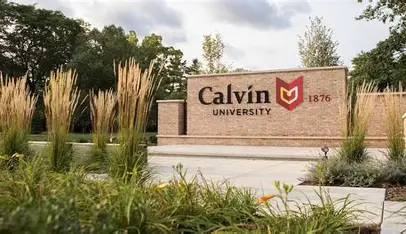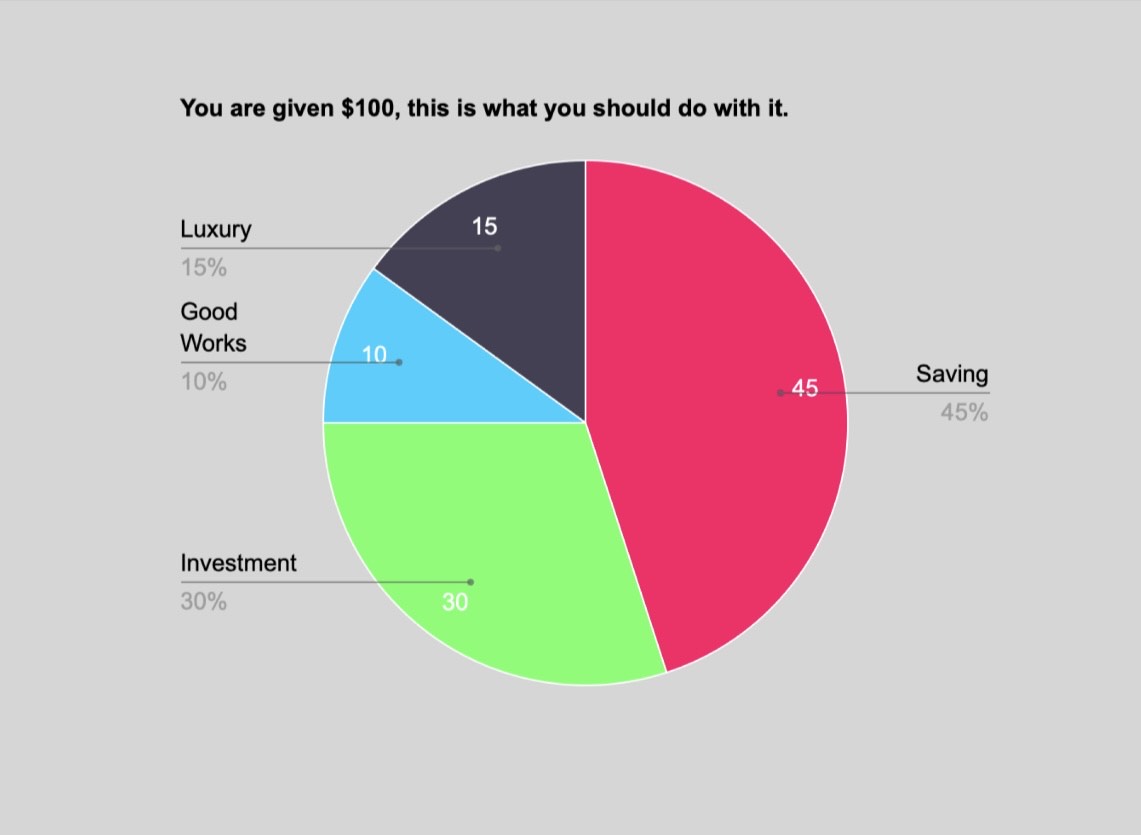Tom and Jerry, Sponge Bob Square-pants, Fairly Odd Parents. What do they all have in common? They are all cartoons, or animated television. It’s highly likely that most of the students of NCA have watched at least one of the shows or cartoons mentioned above. They are, after all, what most children grow up watching. There’s another type of animated television, however, that was not as common when we were growing up. Japanese animation, or “anime” as it’s more commonly known, is becoming increasingly popular in Western countries. How does that affect NCA? Do most students know what anime is? And more importantly, is it a healthy distraction for our students?
Before we address these questions, we must first define anime. Anime is divided into many different types and genres, way beyond the standard classifications of action, romance or horror. Arguably the most popular category of anime today is shounen. This is anime directed at teenage boys. It’s typically action series with a main male protagonist younger than 20 years old. This type of anime is usually violent, but not gory. In western terms, it would be rated TV-14. A famous example is Dragon Ball Z. The feminine counterpart is called shojo which is anime directed at young girls. This type of anime is usually romantic and features a main female protagonist who struggles with daily life and romance. A famous example is From Me to You. Anime for children is called “Kodomo”, a genre most famous for Astro Boy. Adult anime is called “Seinen”, which features increasingly complex plot devices or a large amount of violence and adult content. A famous example is called Hellsing. As for the difference with western animation, anime tends to have less in-between frames between actions and the characters are more stylized.
As for the influence it has on the school, it’s safe to assume that most high schoolers at least know what anime is. The reception of it, however, is varied. According to an anonymous student, some high schoolers at NCA interpret anime as a negative form of entertainment and have never actually watched an anime series on their own. An interview with another student reveals that even if they don’t watch it, some students find anime interesting. Other students are confirmed anime fans, shown in the Pokedex app developed in the coding class. But is it okay for our students to be watching this type of animation? An anonymous student who enjoys anime thinks that it’s not. He finds that even though he likes anime, he believes it is too violent and inappropriate for our students, especially the kind of student we want to build here at NCA. This is certainly a valid point of view, but anime is just too broad of a spectrum to be categorized under just one genre. A lot of anime is certainly violent and unchristlike, but there are also anime that are filled with important moral messages and others that encourage selflessness and goodness. Among these we can find Hayao Miyazaki’s movies and Jesus Christ: Anime of His Last Day. The most important thing for a student that is interested in anime is to search her/his heart. As with all forms of entertainment, we need to check our intentions, guard our hearts and decide whether what we watch will help or harm us.

Do you have questions or comments? Email your response to us at ncaeagleeye@gmail.com!


